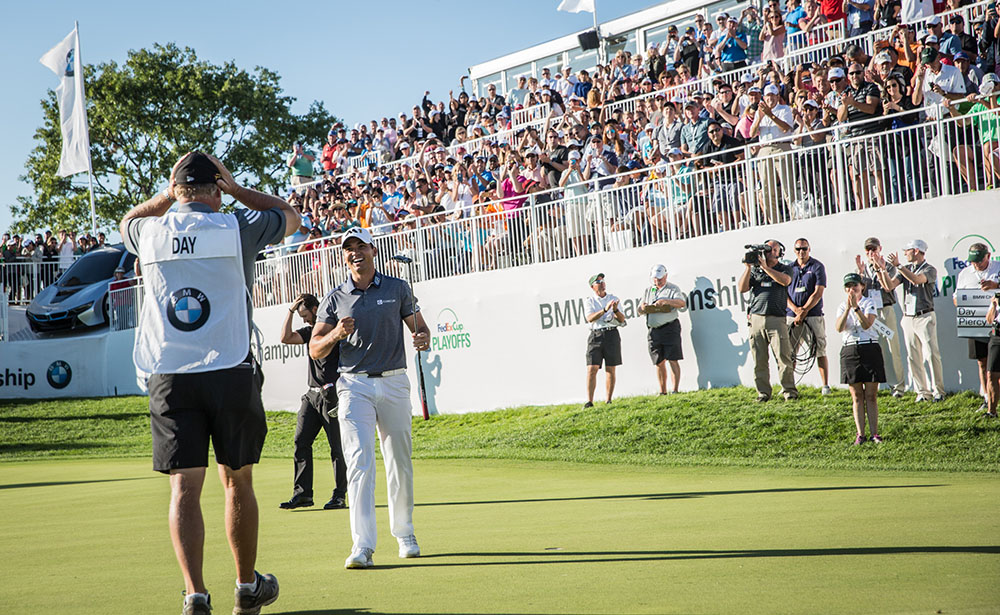By Peter Dawson
The city of Chicago was well-represented the last time golf was a featured sport in the Summer Olympics.
Just four years before the Cubs won their last World Series, H. Chandler Egan won a silver medal in the individual competition and led the Western Golf Association to a Gold Medal in the team event at the 1904 Summer Olympics in St. Louis.
Even though there likely won’t be a Chicago golfer in the field, the local golf community will be paying close attention when the sport makes its return to the Olympic games in Rio de Janeiro this summer. Golf officials hope that the international exposure from the men’s and women’s tournaments will lead to increased interest in the sport throughout the world.
However, some local officials express doubt the impact that it will have on participation in Chicago.
“I think it’s tough to connect fan interest and participation to the Olympics because the game in Europe and America is pretty strong,” said Vince Pellegrino, senior vice president of tournaments for the Western Golf Association.
The guidelines for the men’s field of 60 participants will be determined by the World Golf Rankings. The top-15 players in the rankings as of July 11 will automatically qualify.
However, each country will be limited to a maximum of four participants. That means that the U.S., which has five players in the top-10 and 12 in the top-25, will leave a lot of very talented players at home.
The limit on the number of American players could mean a letdown for fans who are used to watching the PGA Tour.
“Unfortunately for us, we have a lot of great players from the U.S. and some of those other guys might be left off because there is an embarrassment of riches when it comes to the talent,” Pellegrino said.
The structure of the individual event will be similar that of a four-day 72-hole stroke play PGA Tour event, with cuts taking place after the second day of action. Even though there is a new and unique prize (a gold medal), an alternative format might have had more success drawing in an American audience.
“Compare it to the Ryder Cup, when our professionals are putting on the red, white and blue against Europe’s best,” said Robert Markionni, the executive director of the Chicago District Golf Association. “It’s kind of like the Dream Team in basketball, or the World Cup in soccer … if there was some way they could have made it a country competition, I think it would’ve drawn some more interest.”
One thing that could ultimately attract a higher domestic viewership would be an all-American final four. And with Jordan Spieth (currently ranked No. 1), Bubba Watson (No. 4), Rickie Fowler (No. 5) and Dustin Johnson (No. 8) leading the field for the U.S., it isn’t out of the question.
“If those guys are all shooting it out for the lead on the last day there is going to be a lot of interest in that. When or where a big event is being played shouldn’t make too much difference [for that],” Markionni said.
In order to bring the sport back into the fold, Brazil had to build a new course that was up to professional tour standards. After the Olympics, the facility will be opened for public use and managed by the CBG and Rio’s city government with the hope that it will serve as a positive example of how golf can expand its global footprint.
Given how established the sport is in the U.S., however, Olympic golf will have a harder time making type of impact for the foreseeable future.
“When you look at growing the game whether it is bringing juniors in or adults in, you can look at all of the programs we have through the First Tee or Drive, Chip and Putt, with the PGA of America, the USGA and Augusta National all getting together on that,” Markionni said. “The Olympics in this country are another way to grow the game, but it really isn’t the only method.”

